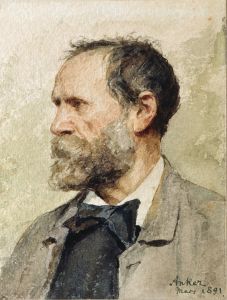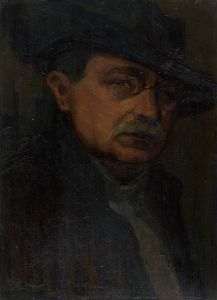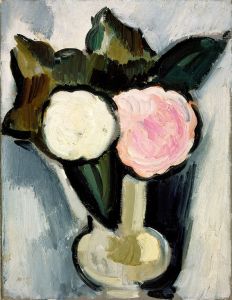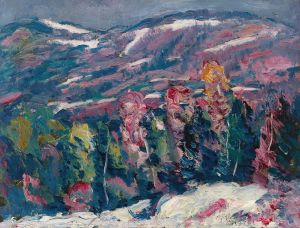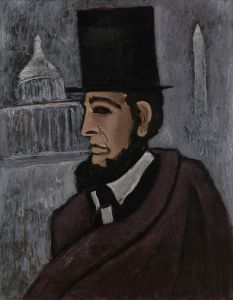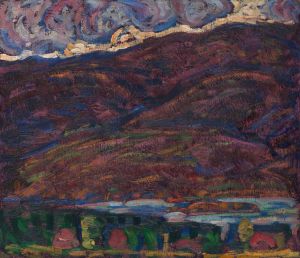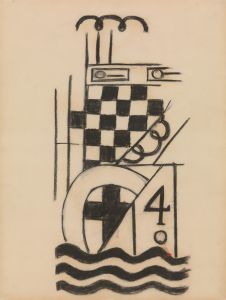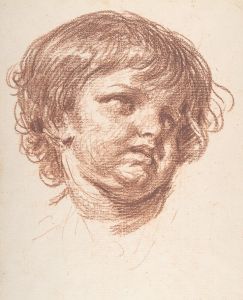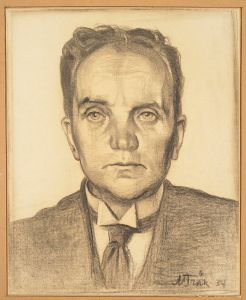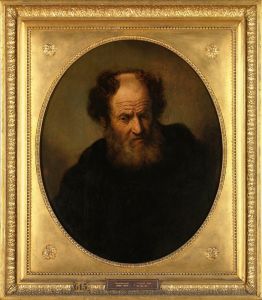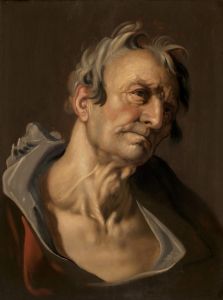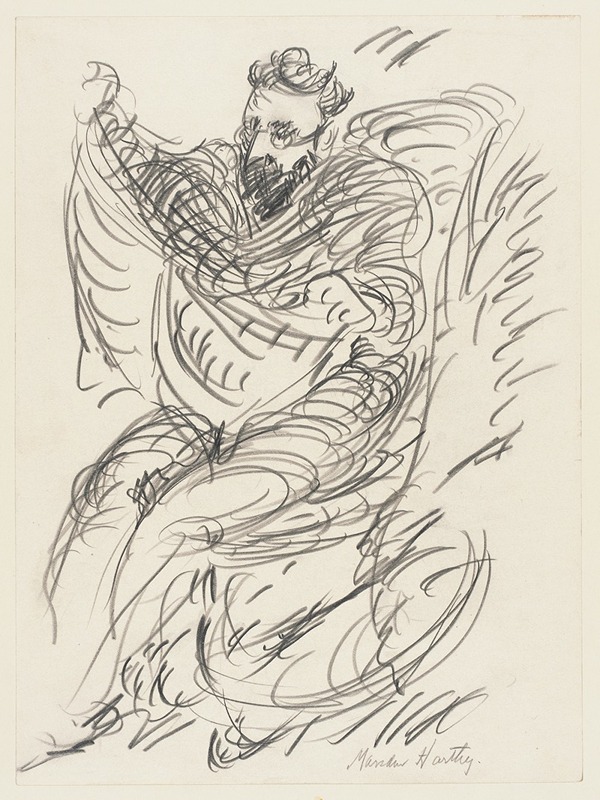
Study of a Seated Man with Beard and Spectacles
A hand-painted replica of Marsden Hartley’s masterpiece Study of a Seated Man with Beard and Spectacles, meticulously crafted by professional artists to capture the true essence of the original. Each piece is created with museum-quality canvas and rare mineral pigments, carefully painted by experienced artists with delicate brushstrokes and rich, layered colors to perfectly recreate the texture of the original artwork. Unlike machine-printed reproductions, this hand-painted version brings the painting to life, infused with the artist’s emotions and skill in every stroke. Whether for personal collection or home decoration, it instantly elevates the artistic atmosphere of any space.
"Study of a Seated Man with Beard and Spectacles" is a painting by the American modernist artist Marsden Hartley. Hartley, born on January 4, 1877, in Lewiston, Maine, is known for his contributions to American modernism and his association with the Stieglitz Circle, a group of artists and photographers who were promoted by the influential photographer and gallerist Alfred Stieglitz.
The painting "Study of a Seated Man with Beard and Spectacles" is a notable example of Hartley's portrait work. While Hartley is often celebrated for his abstract and symbolic compositions, this particular piece showcases his ability to capture the human form and character through more representational means. The subject of the painting is a man with a beard and spectacles, seated in a contemplative pose. The details of the man's identity are not widely documented, and it remains unclear whether he was a personal acquaintance of Hartley or a model.
Marsden Hartley's artistic career spanned several decades and included a variety of styles and themes. He was deeply influenced by his travels and the various artistic movements he encountered. Early in his career, Hartley was influenced by the transcendentalist philosophy of Ralph Waldo Emerson and the mystical writings of Walt Whitman. His work often reflects a search for spiritual and personal identity.
Hartley's association with Alfred Stieglitz began in 1909 when he moved to New York City. Stieglitz, a prominent figure in the American avant-garde art scene, provided Hartley with significant exposure through his gallery, 291. This connection helped Hartley gain recognition and establish himself as a key figure in American modernism.
Throughout his career, Hartley experimented with different styles, including Impressionism, Post-Impressionism, and Cubism. His time spent in Europe, particularly in Paris and Berlin, exposed him to the works of leading modernist artists such as Henri Matisse, Pablo Picasso, and Wassily Kandinsky. These influences are evident in Hartley's use of bold colors, geometric forms, and symbolic imagery.
In addition to his abstract works, Hartley produced a number of portraits and figure studies, such as "Study of a Seated Man with Beard and Spectacles." These works demonstrate his versatility as an artist and his ability to convey the essence of his subjects through careful observation and expressive brushwork.
Hartley's later years were marked by a return to his native Maine, where he focused on capturing the rugged landscapes and people of the region. His work from this period reflects a deep connection to his roots and a desire to create a distinctly American art. Hartley passed away on September 2, 1943, in Ellsworth, Maine, leaving behind a rich legacy of innovative and diverse artworks.
"Study of a Seated Man with Beard and Spectacles" remains an important piece within Hartley's oeuvre, highlighting his skill in portraiture and his ongoing exploration of human character and identity. The painting is a testament to Hartley's ability to blend representational and modernist techniques, creating works that are both visually striking and deeply introspective.






